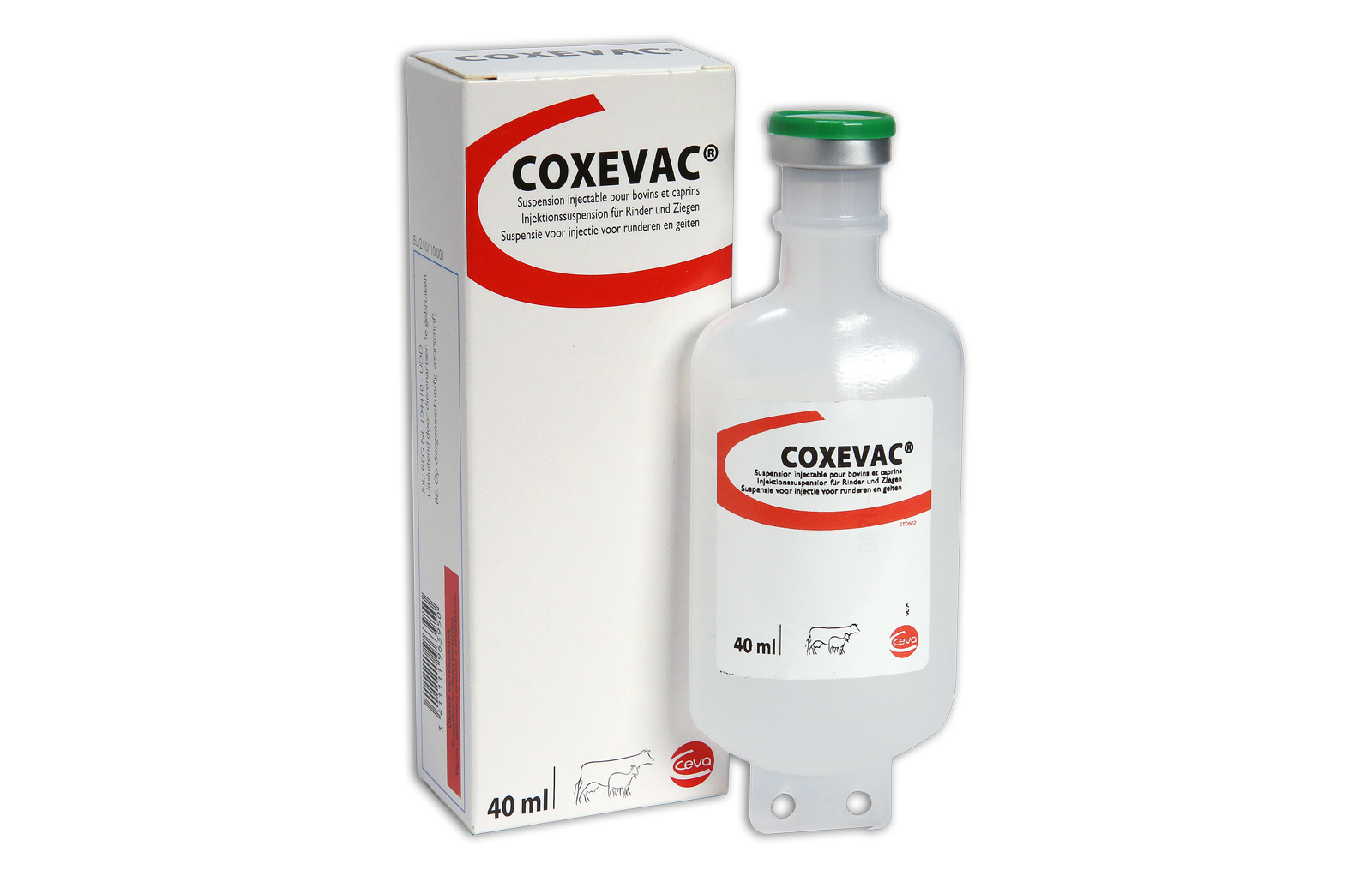Scientific article
Coxiella burnetii in Infertile Dairy Cattle With Chronic Endometritis
Authors
D. De Biase, A. Costagliola, F. Del Piero, R. Di Palo, D. Coronati, G. Galiero, B. Degli Uberti, M. G. Lucibelli, A. Fabbiano, B. Davoust, D. Raoult, O. Paciello.
Publication information
Veterinary Pathology 2018
Summary
Coxiella burnetii is an obligate intracellular pathogen and the cause of Q fever in many animal species and humans. Several studies have reported the association between C. burnetii and abortion, premature delivery, stillbirth, and weak offspring. However, no solid evidence indicates that C. burnetii causes endometritis, subfertility, and retained fetal membranes. For this study, histopathological and PCR evaluation were performed on 40 uterine biopsies from dairy cattle with poor fertility. Uterine swabs were concurrently tested with microbiology assays. The endometrial biopsies of 30 cows did not have any significant lesions, and no pathogens were identified by aerobic bacterial culture and PCR. Ten cows were PCR-positive for C. burnetii and negative for other pathogens by aerobic bacterial culture and PCR. These 10 cases revealed a mild to severe chronic endometritis admixed with perivascular and periglandular fibrosis. Immunohistochemical evaluation of C. burnetii PCR-positive biopsies identified, for the first time, the presence of intralesional and intracytoplasmic C. burnetii in macrophages in the endometrium of cattle.




